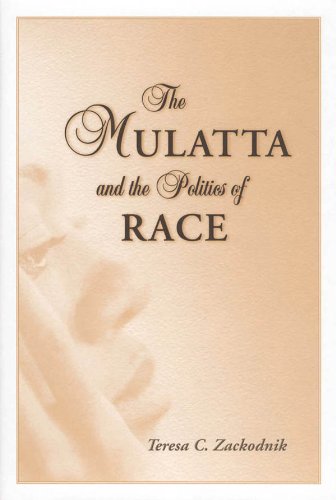The White Blackbird: Miscegenation, Genre, and the Tragic Mulatta in Howells, Harper, and the “Babes of Romance”Posted in Articles, Literary/Artistic Criticism, Media Archive on 2010-01-07 22:40Z by Steven |
Nineteenth-Century Literature
Volume 56, Number 4 (March 2002)
Pages 495–517
DOI 10.1525/ncl.2002.56.4.495
Debra J. Rosenthal, Associate Professor of English
John Carroll University
In this essay I construct a literary genealogy that situates William Dean Howells in the middle of a call-and-response literary conversation with popular women writers about race, gender, and genre. Since Howells correlated racial questions with realism, his only novel that treats intermarriage, An Imperative Duty (1891), offered Howells an opportunity to deploy his presumably objective, scientific, realist knowledge about race in order to challenge women’s romantic miscegenation plots found in Margret Holmes Bates’s The Chamber over the Gate (1886) and Alice Morris Buckner’s Towards the Gulf (1887), two novels that he had recently read and reviewed. Yet the tragic mulatta stereotype, a stock figure of romanticism and sentimentality that was resistant to scientific discourse, ruptures Howells’s goal of representing the figure according to the tenets of realism. In Iola Leroy (1892), Frances Ellen Watkins Harper cunningly recasts the tragic mulatta stereotype both to critique Howells’s project and to represent the potential of black womanhood. Knowledge of Bates and Buckner can change critical conversation about the influence of women writers on Howells, the understanding of the role of the racialized woman in his fiction, and his conception of the link between the romantic mulatta and realist representation. Likewise, Harper takes issue with Howells’s supposed ironic sophistication about race, and in Iola Leroy she rewrites many of his views in order to show the ways that miscegenation is at once a novelistic and a national problem.
